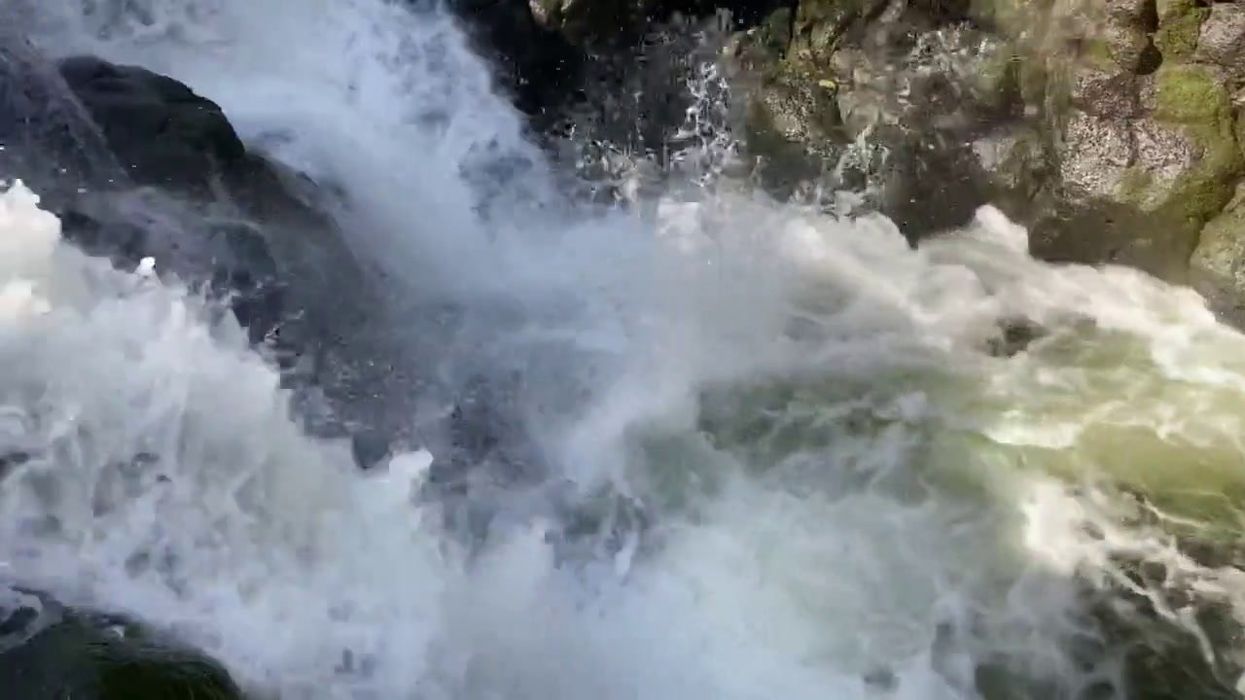Catherine Shuttleworth
Nov 08, 2023
Girl biking down a waterfall
Doing Things Media / VideoElephant
The tallest waterfall in the world, called the Denmark Strait cataract, also happens to be underwater.
It stands at 3.5 kilometres (2.2 miles) and con be found beneath the Denmark Strait (given away by its name) which is between Greenland and Iceland.
For over 3 kilometres, water falls from the Greenland Sea into the Irminger Sea. A drop more than three times the height of Venezuela's iconic Angel Falls - the tallest waterfall over land.
Aside from having a huge drop, it is also incredibly wide, spanning 160 kilometres (100 miles) and plunges around 5 million cubic metres (175 million cubic feet) of water every second.
You may be wondering how an underwater waterfall came to exist, after being discovered in 1989.
According to the National Ocean Service, the underwater waterfall is all to do with the water's temperature. Cold water is denser than warm water, so when the frosty water from Nordic Seas comes into contact with the slightly warmer water of the Irminger Sea, it sinks. Essentially, the colder, denser water is forced below the warmer water.
However, climate change could impact this. Warming oceans and less sea-ice formation results in a reduction in the volume of cold, dense water flowing downwards.
"A good example is on the Catalan coast, where the decrease in the number of tramontane days in winter in the Gulf of Lion and north of the Catalan coast is causing a weakening of this oceanographic process, which is decisive in regulating the climate and has a great impact on deep ecosystems," Professor Anna Sanchez-Vidal, who is leading an expedition to investigate the Denmark Strait cataract, said in a statement.
Let's hope the Denmark Strait cataract has a better fate.
Sign upto our free Indy100 weekly newsletter
Have your say in our news democracy. Click the upvote icon at the top of the page to help raise this article through the indy100 rankings.
How to join the indy100's free WhatsApp channel
Top 100
The Conversation (0)














